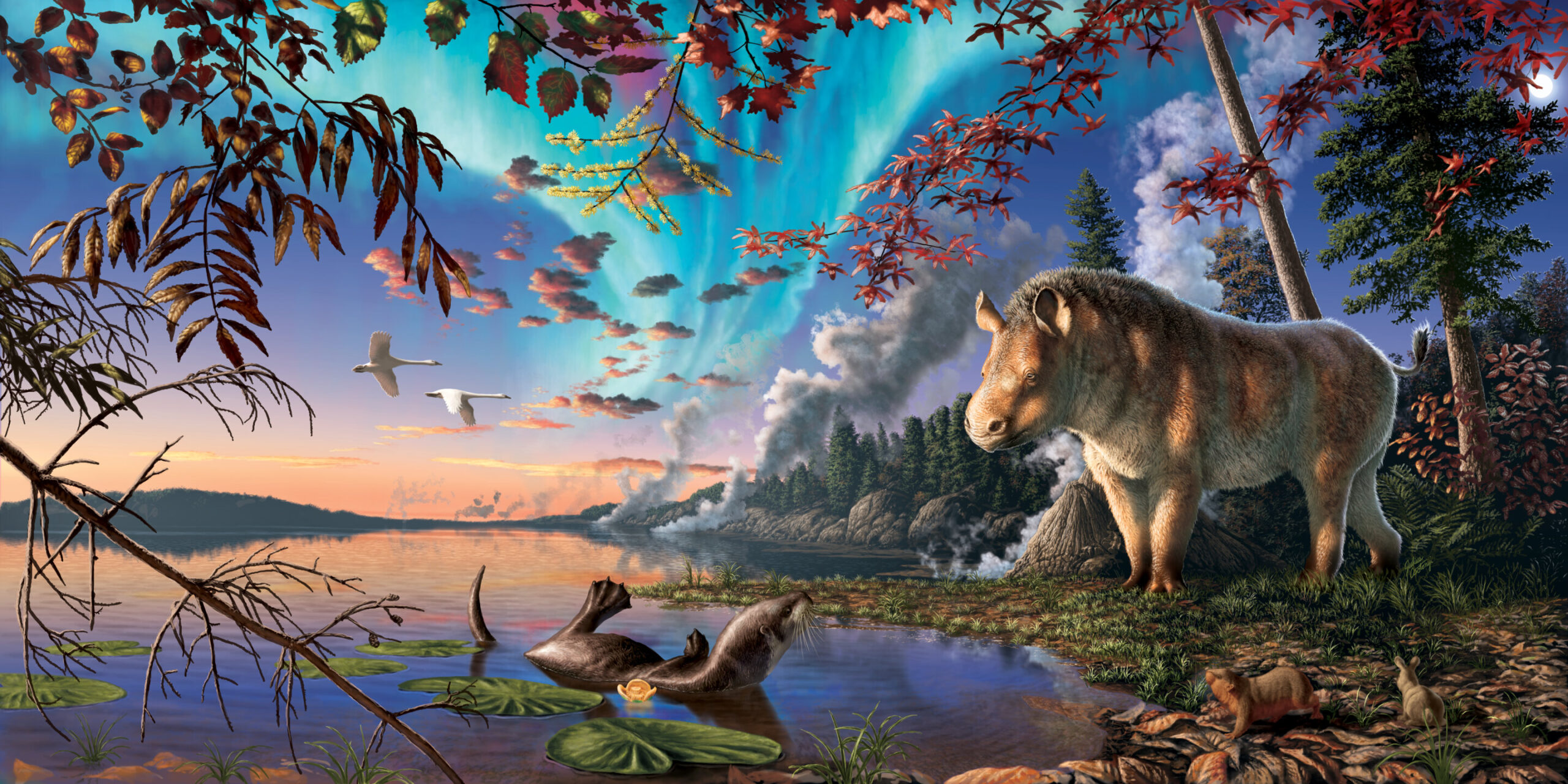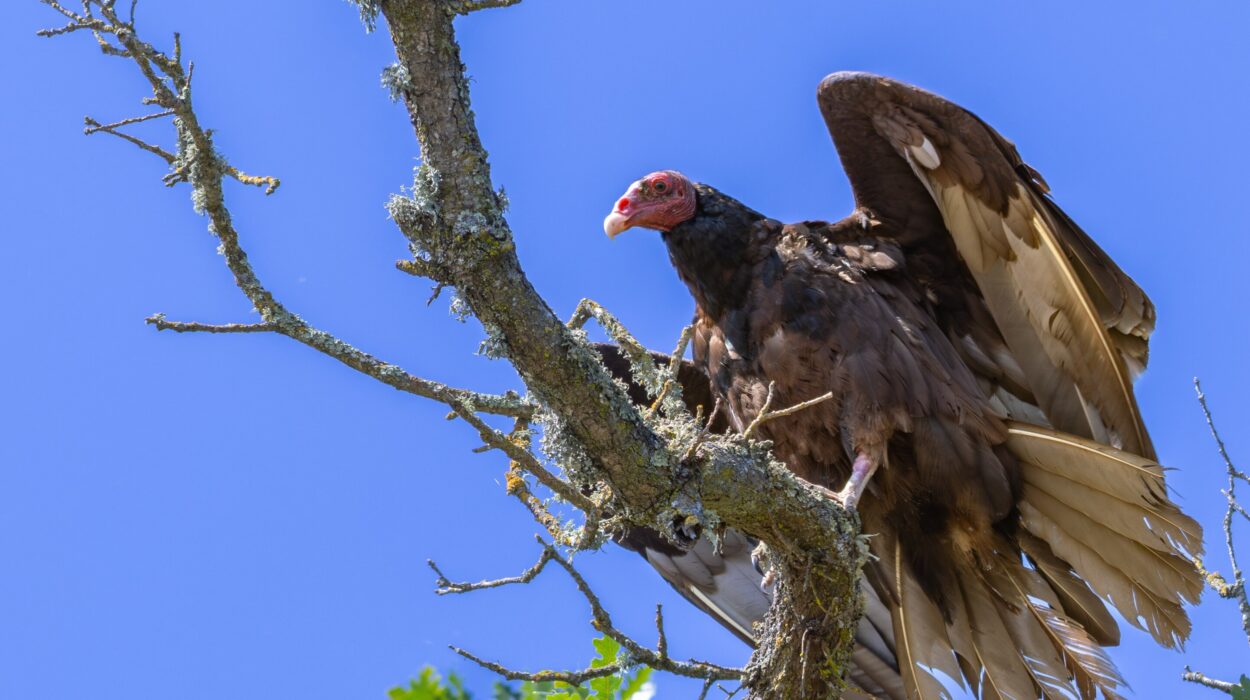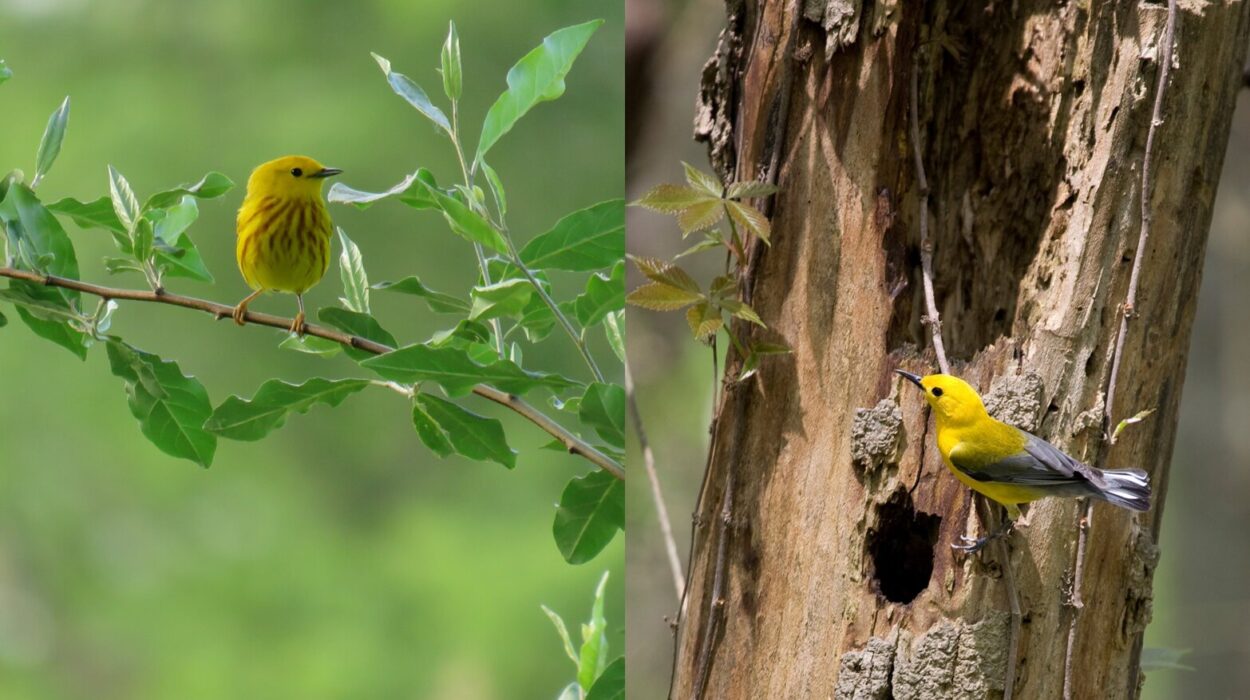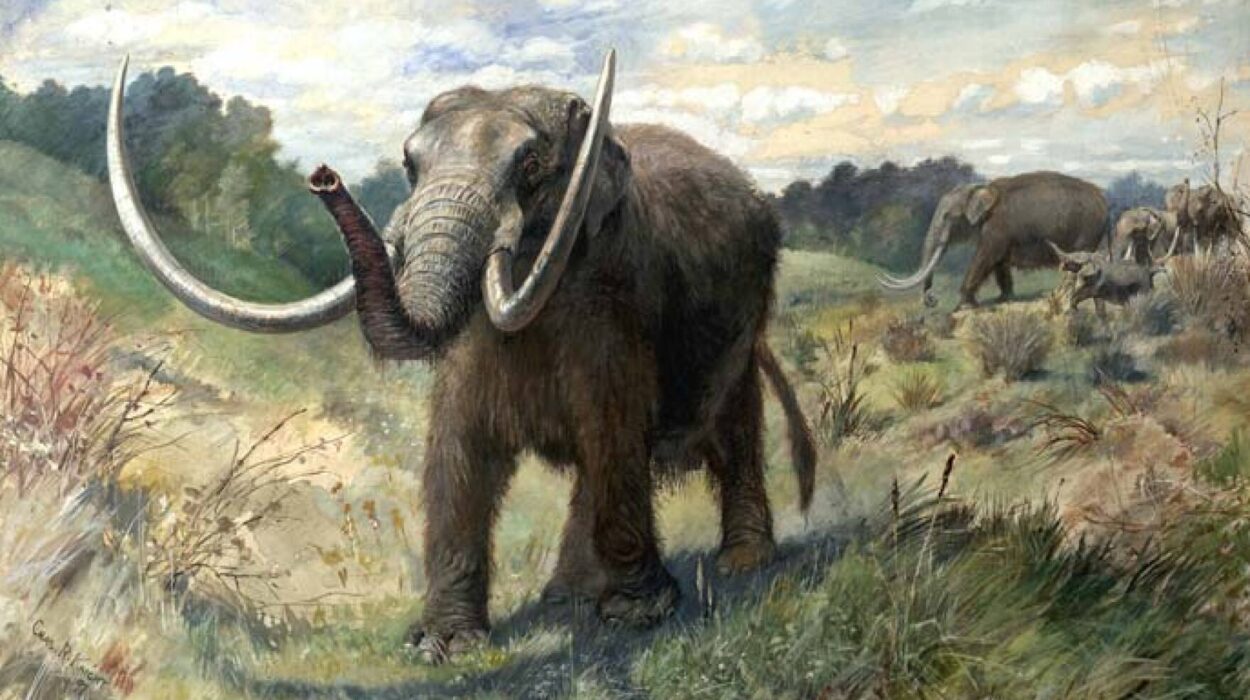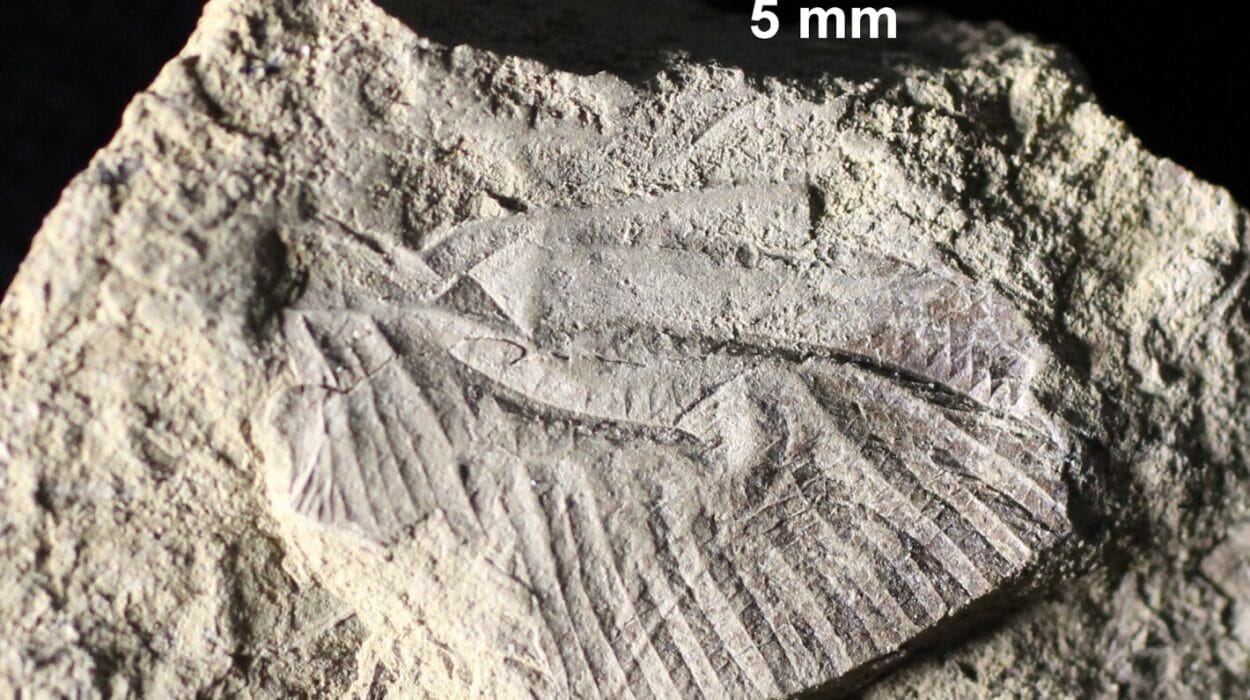Twenty-three million years ago, near the top of what is now the world, in a place that modern humans consider almost empty and unlivable, a rhinoceros walked through a lake-rimmed landscape. The frozen, wind-scraped High Arctic of today was then a green and milder world: a forested corridor of mossy banks, willow thickets, and summer meltwater channels. That is where scientists have now confirmed the existence of the most northerly rhinoceros ever found — a species newly named Epiaceratherium itjilik.
This ancient animal, preserved by accident in the sediments of a meteor-blasted crater on Devon Island in Nunavut, forces a re-think of rhino evolution, of Arctic ecology, and of how mammals once moved between continents. Its bones — nearly three-quarters of a full skeleton — are so well preserved that even fragile fossil proteins have been coaxed out of its tooth enamel, pushing the boundary of molecular time deeper into the past than anyone expected.
This is not merely a taxonomic announcement. It is a story about how deep time, climate, migration, and scientific persistence converge at the very edge of the map.
A Fossil from a Crater Above the World
The story begins, physically, in a bowl of rock created by a long-ago impact: the Haughton Crater. Its lake deposits became a vault for ice-age-old and pre-ice-age-old life. In 1986, Dr. Mary Dawson — a pioneer of Arctic paleontology — began unearthing bones there that did not belong to bears or muskox ancestors or primitive seals, but to something stranger. Enough of the skull, jaws, and teeth were present to say with confidence: this was a rhinoceros.
Decades later, researchers at the Canadian Museum of Nature finally integrated Dawson’s finds with later expeditions, filled missing anatomical puzzles, and were able to describe the species in full. Their paper, published in Nature Ecology & Evolution, anchored Epiaceratherium itjilik in the rhino family tree and in the geography of the deep past.
In naming the species, they turned to the people who know the region not as a map coordinate but as a home. “Itjilik” — “frosty” — was given in Inuktitut, after consultation with Inuit Elder Jarloo Kiguktak of Grise Fiord, the northernmost permanent community in Canada.
What an Arctic Rhino Looked Like
This was not the tank-bodied, horn-armored rhino that modern safari imagination conjures. Rhinocerotids — the broader family — are vastly more diverse in the fossil record than the five surviving species in Africa and Asia today. Some were two-horned, some one-horned, and many none. Some were as massive as hippos, others were smaller and built lightly.
Epiaceratherium itjilik was hornless and about the size of an Indian rhinoceros. The individual preserved in Nunavut was an adult, as indicated by the wear patterns on its cheek teeth. Its body had the proportions of a browsing woodland rhino rather than an open-plains runner. In life, it would have plucked soft vegetation in a landscape that, while high in latitude, was not yet sculpted by permanent ice.
Preservation is what makes this specimen extraordinary. Three-dimensional bones, minimally mineral-replaced, offer a near-anatomical portrait rather than a flattened echo. For rhino fossils, 75% completeness borders on miraculous.
Migration Across a Lost Bridge of Earth
One fossil can rewire the logic of a lineage. Until this discovery, the timing and pathways by which rhinos moved between continents in the Miocene were hazy. Because rhinos have an Old-World origin story — with Europe and Asia as their deep evolutionary furnaces — their appearance in North America demands a corridor.
The Canadian team reconstructed the rhino family tree using 57 known taxa and then linked each to a continent of occurrence, applying models to infer rates and direction of dispersal. The analysis points to movement into North America from Europe via the North Atlantic Land Bridge — a now-drowned connection across what is today Greenland and the North Atlantic.
Previous studies had effectively “closed” this land bridge to mammal traffic by about 56 million years ago. But Epiaceratherium itjilik implies the bridge — or at least some crossing route — was still in play tens of millions of years later, into the Miocene. That changes the map of mammal biogeography: Europe was not sealed off from the New World nearly as early as assumed.
Molecular Echoes in Ancient Enamel
In 2025, a second shock followed the anatomical one. A separate study led from the University of Copenhagen recovered partial protein sequences from the enamel of the Arctic rhino’s teeth — proteins old enough to shift the outer limit of molecular paleontology. DNA collapses in deep time, but proteins sometimes endure as shreds of evolutionary code. The successful recovery from a Miocene fossil demonstrates that information-bearing molecules survive far longer, and in more contexts, than previously verified.
Those protein fragments do more than impress methodologists; they promise to sharpen reconstructions of mammal evolution where bones alone leave ambiguity. As more ancient enamel is tested, the rhino may be the first in a wave of new molecular data from fossils formerly considered beyond biochemical reach.
Why an Arctic Rhino Matters Beyond the Arctic
The existence of Epiaceratherium itjilik refuses to be a local curiosity. It bends trajectories at several scales at once. Evolutionarily, it widens the range of known rhino morphologies and extends the geographic footprint of the group nearly to the top of the world. Climatically, it is a datapoint in a time when our present polar sterility was once partial forest and marsh. Biogeographically, it reopens a continental bridge thought closed. Methodologically, it lengthens the usable timeline of fossil proteins into the Miocene.
The Arctic, often framed as a frontier of what we do not know about climate futures, is also a frontier of what we do not know about the biological past. Its cold has been a better archivist than any library. Mary Dawson’s early fieldwork — and the expeditions that followed — show how one region can keep rewriting macro-history.
As lead author Danielle Fraser put it, describing a new species is not the end of the story but the hinge by which many other inferences unlock. In this case, a hornless rhinoceros entombed in a polar crater makes the North Atlantic newly important to mammal narrative, not peripheral. It reminds us that continents are not just shapes of land, but historical machines for mixing lineages through climate windows that open and close over millions of years.
A Deep-Time Animal with a Forward-Facing Legacy
The bones of Epiaceratherium itjilik, now housed at the Canadian Museum of Nature, will be touched and re-studied by generations who will ask different questions than those of today. Its enamel proteins have already reached back across time to say something unexpected. Its skeleton — nearly intact — is a time-locked witness that large mammals once lived where few plants grow today.
A fossil like this does not merely describe the past; it gives the present new obligations. It tells us that the Arctic is not an empty white margin but a densely-written palimpsest — that the edges of the Earth have been staging grounds for evolutionary events we have only just begun to read. The Arctic rhino is at once ancient and new: a creature that walked a vanished forest at the top of the world, and a discovery that alters the living map of how mammals became what they are.
More information: Nature Ecology & Evolution (2025). DOI: 10.1038/s41559-025-02872-8
